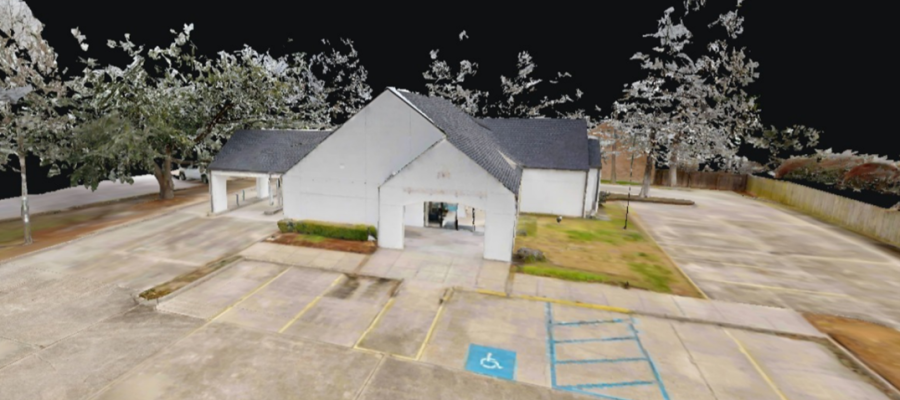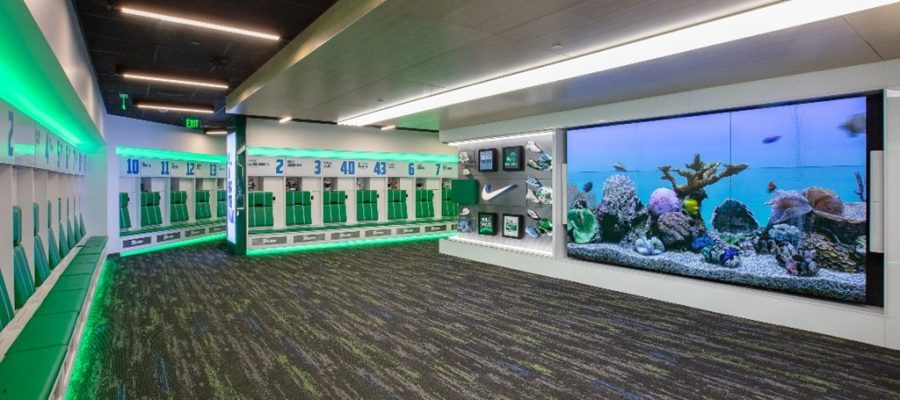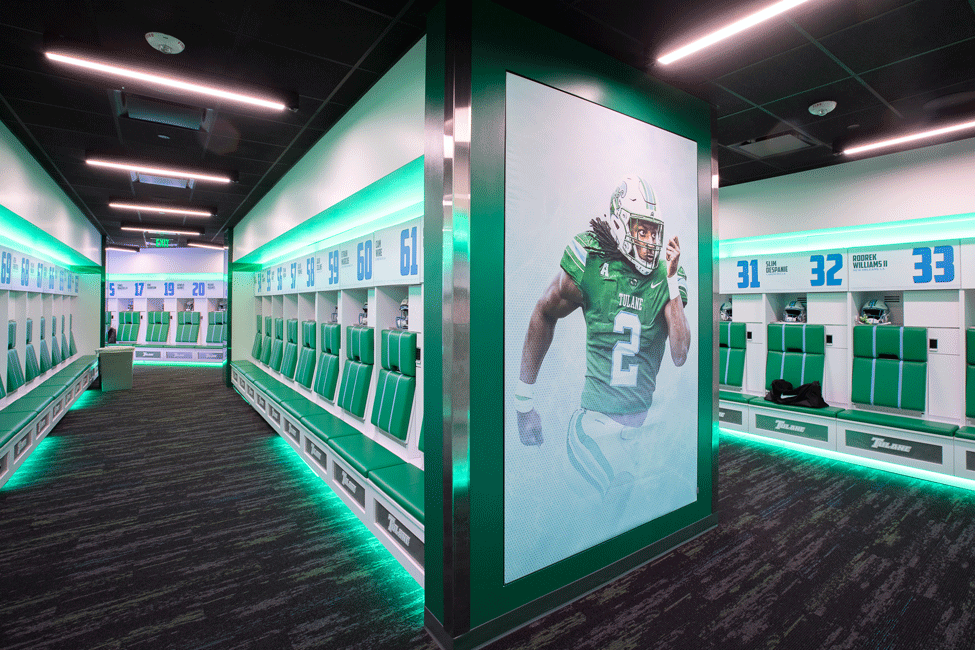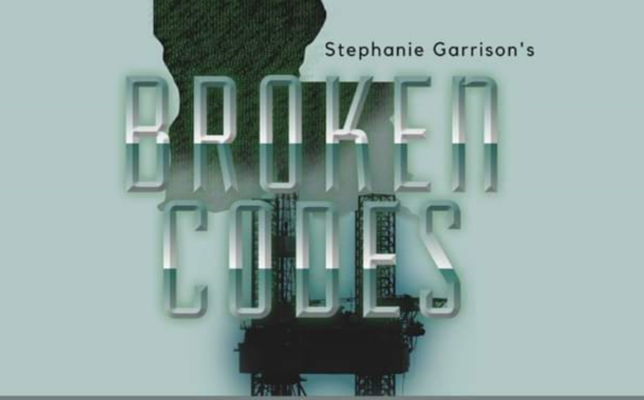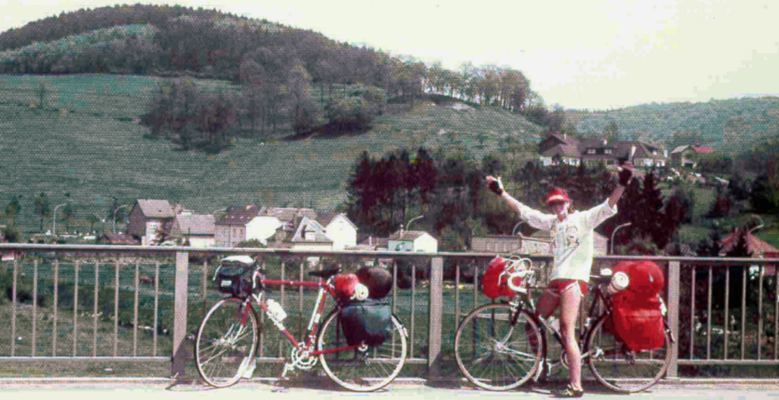3D scanning technology has revolutionized the architecture industry by providing architects and design firms with a powerful tool for capturing precise, detailed, and comprehensive data about existing buildings. One of the key benefits of using 3D scanning for architectural projects is its ability to streamline the initial site assessment and data collection process. Traditional methods of manual measurements and photography can be time-consuming and prone to errors. With 3D scanning, architects can quickly and accurately capture the exact dimensions and features of a building, including intricate details that might be missed by human eyes. This not only saves valuable time but also enhances the accuracy of the data, ensuring that the design phase starts with a highly reliable foundation.
3D scanning enables architects to create highly detailed and realistic digital representations of existing buildings. These digital models serve as invaluable references throughout the design and planning stages, allowing architects to explore different design concepts and experiment with modifications with greater confidence. They can also identify potential challenges or clashes within the existing structure, helping to avoid costly surprises during construction. Additionally, 3D scanning facilitates effective collaboration between architects, engineers, and other stakeholders, as it provides a shared visual representation of the project that everyone can reference and work from. Overall, 3D scanning significantly enhances the efficiency, accuracy, and collaborative potential of architectural projects, making it an indispensable tool for modern architectural firms.
VRA team member, Megan Ripoll, has been at the forefront of integrating 3D scanning technology into our everyday design process, helping us to stay true to our firm’s mission. Megan has not only spearheaded the adoption of this technology but has also taken the initiative to train our team members, ensuring that everyone can effectively utilize the 3D scanning equipment and software. Megan's leadership has not only improved the efficiency and precision of our projects but has also inspired our team to embrace innovation and explore new possibilities in architectural design and documentation!
The incorporation of 3D scanning by VergesRome Architects, led by Megan's expertise and commitment, has enhanced our capabilities, enabling us to deliver superior designs, minimize errors, and foster greater collaboration among our team members and clients. Together, we're committed to pushing the boundaries of architectural innovation, delivering exceptional results, and leaving a lasting mark on the built environment.

